Our Approach to Glaucoma Research
BrightFocus takes a 360-degree approach to funding innovative scientific research worldwide to defeat glaucoma. We explore the full range of scientific paths toward better treatments and, ultimately, a cure. By investing in a wide range of innovative scientific approaches, we leave no stone unturned in the quest for a cure.
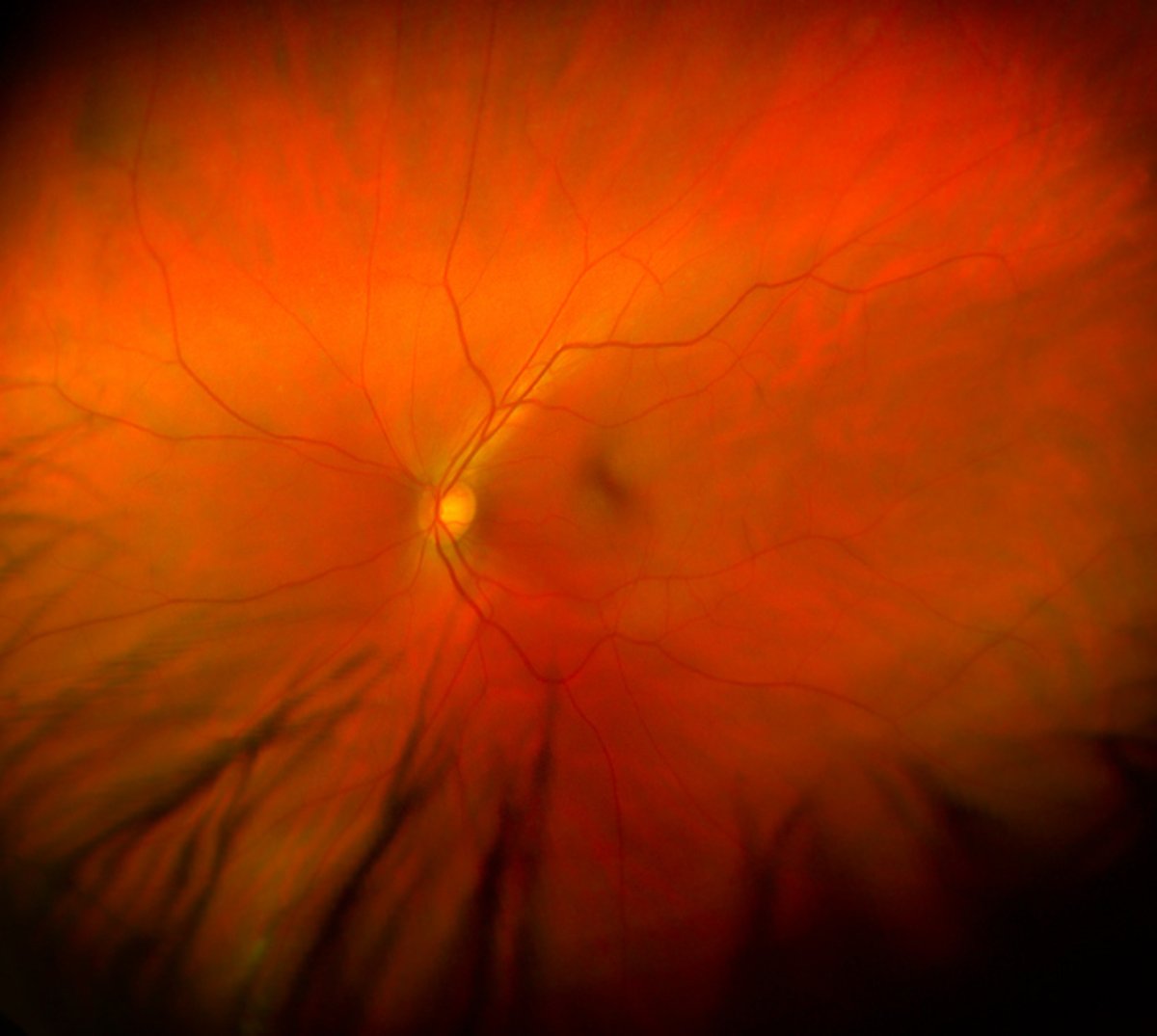
Controlling Eye Pressure in New Ways
Elevated eye pressure, or intraocular pressure (IOP), is present in most forms of glaucoma when aqueous humor, the fluid that constantly bathes the front of the eye, cannot drain properly. Normally, the fluid drains through a spongy tissue known as the trabecular meshwork and flows into Schlemm’s canal, a ring-like passageway that then delivers it to the bloodstream. Blockages and other forms of resistance to aqueous humor outflow can raise eye pressure. Other factors are fluid volume and trabecular meshwork stiffness, which is reported to be 20 times higher in glaucoma than in healthy eyes. With critical National Glaucoma Research funding, grantees are unraveling novel mechanisms that regulate eye pressure and are exploring new ways to decrease stiffness and control eye pressure.
Understanding What Causes Glaucoma
Ultimately, glaucoma threatens sight by damaging the optic nerve at the back of the eye, which carries light signals from the eye to the brain. Our knowledge of how and when glaucoma damages nerve cells remains imprecise. It’s linked mostly to chronic pressure increases inside the eye, referred to as elevated intraocular pressure (IOP), which may arise from the eye’s inability to drain fluid properly. National Glaucoma Research is funding studies on genetics, including studies addressing racial and ethnic disparities in disease incidence and onset. Other projects include developing more sensitive methods for studying onset and projects to develop new research models to promote a better understanding of glaucoma that may lead to new therapies.
Imaging & Exploring the Eye-Brain Connection
Eye changes associated with glaucoma contribute to tiny blind spots, known as visual field defects, which can advance to vision loss and blindness. The speed and likelihood of this progression vary from person to person. Early diagnosis is key, and considerable progress has been made in eye imaging to detect the tiniest changes preceding glaucoma. National Glaucoma Research grantees are developing and leveraging new technologies to look at individual retinal ganglion cells (RGCs) of the eye and their nerve fibers, which carry light signals to the brain—a challenging task because RGCs are almost transparent and difficult to image. Scientists also are investigating disruptions in how cells communicate in glaucoma. The findings could result in earlier detection of and new ways to treat glaucoma.
Predicting Outcomes & Other Treatment Innovations
Approved treatments for glaucoma primarily focus on lowering eye pressure. Many therapies involving eye drops or surgery lower eye pressure effectively, but most require skill and consistency to achieve results or, as with surgery, present recognizable risks.
More reliable treatments and new therapies to address the underlying causes of glaucoma beyond changes in intraocular pressure are needed. National Glaucoma Research grantees are working to develop drugs that will lower eye pressure and protect against nerve cell injury and death, as well as genome-editing approaches to restore the function of trabecular meshwork (a spongy tissue that drains fluids from the eye). Additional therapies include advancing stem cell transplantation, promoting lifestyle interventions, and identifying strategies to communicate genetic testing with at-risk individuals.
Protecting & Regenerating the Optic Nerve
Unlike most cells in the body, which repair themselves, the nerve cells providing our vision don’t regrow once damaged. National Glaucoma Research is supporting research into ways of protecting cells threatened by advancing glaucoma and regenerating those cells after vision loss. The focus of these efforts is to replace and reconnect retinal ganglion cells (RGCs), the nerve cells that make up the optic nerve and carry visual signals over axons, long threadlike tails extending from the eye to the brain. This is a sophisticated undertaking, given how RGCs are wired into the brain. Another focus is to develop neuroprotective drugs and therapies that will help nourish and support fragile RGCs to ensure their long-term viability.
News
Explore Our Research

Article
A Key Protein Could Alter Risk for Pseudoexfoliation Glaucoma
BrightFocus National Glaucoma Research-funded scientist Hannah Youngblood, PhD, is investigating the role of an important protein called LOXL1 to pave the way for new glaucoma treatments.
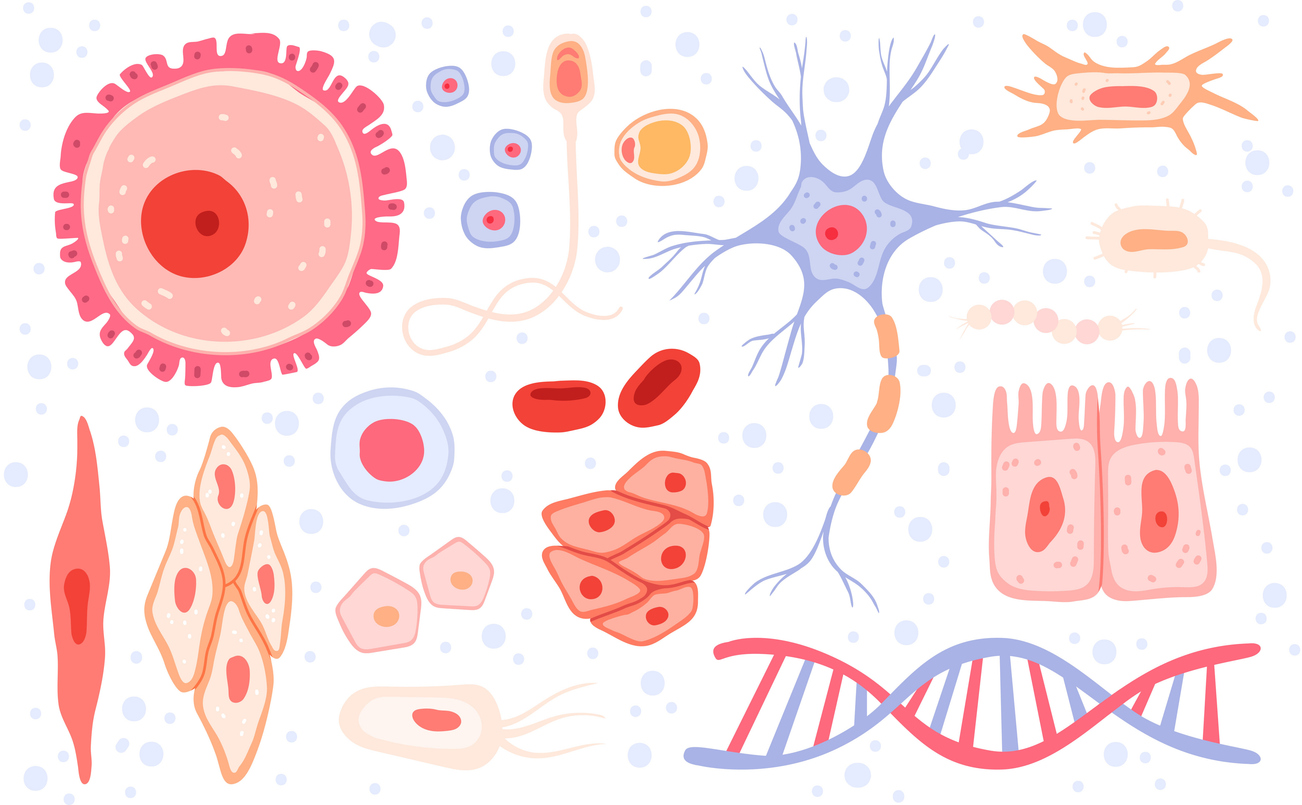
Article
Could Listening in to Cellular Communication Help Treat Glaucoma?
By unlocking the secrets of how cells communicate, this first-of-its-kind BrightFocus National Glaucoma Research-funded study could help prevent vision loss and restore sight for those living with the disease.

Article
Helping the Eye Repair Itself: New Study Offers Clues to Restoring Vision Lost to Glaucoma
A new BrightFocus-funded study uncovers genetic clues that could point to new strategies for regrowing neurons in people living with glaucoma.

Article
Exploring How Glaucoma Affects Mood and Sleep Problems
A BrightFocus-funded study examines how glaucoma affects a specific retinal cell involved in mood and sleep. This research could enhance treatment development and care for the individual as vision loss advances in glaucoma.
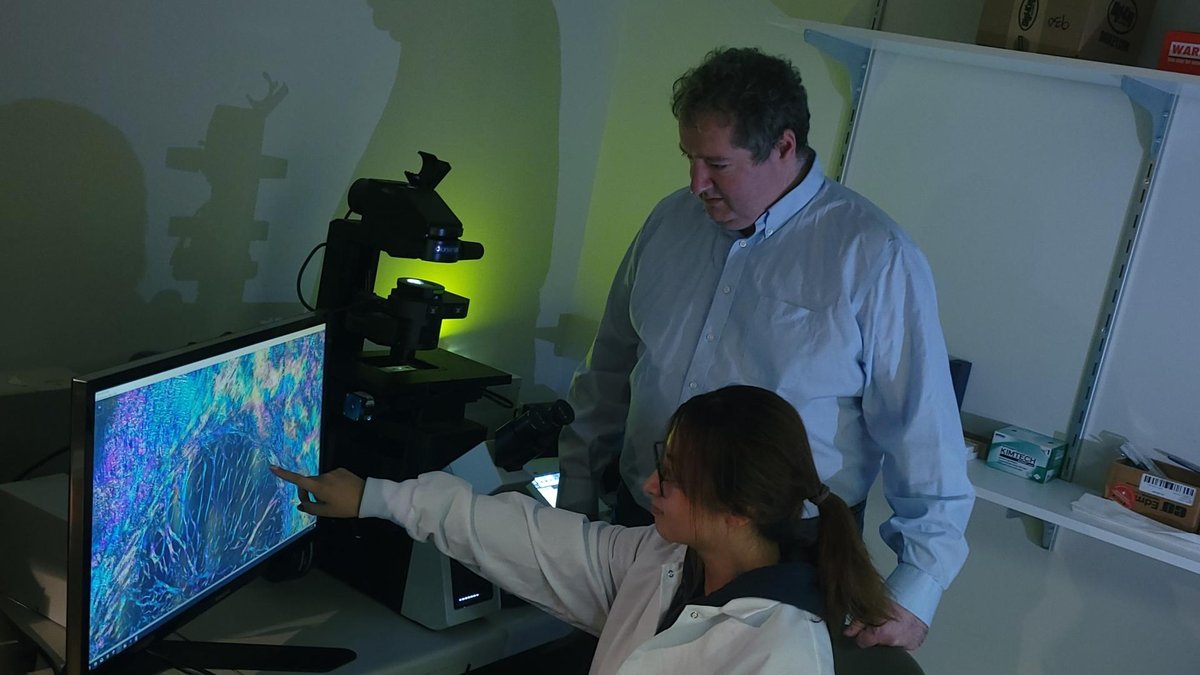
Article
Investigating Eye Pressure to Prevent Glaucoma-Related Vision Loss
National Glaucoma Research grant recipient Bingrui Wang, PhD, and her mentor Ian Sigal, PhD, are investigating axon deformation and its link to damage to understand glaucoma’s causes. Read a Q&A with Dr. Wang.

Article
Experimental Drug Could Improve Vision in Glaucoma
Explore new experimental drugs being tested for glaucoma treatment. Read about research that aims to preserve vision.
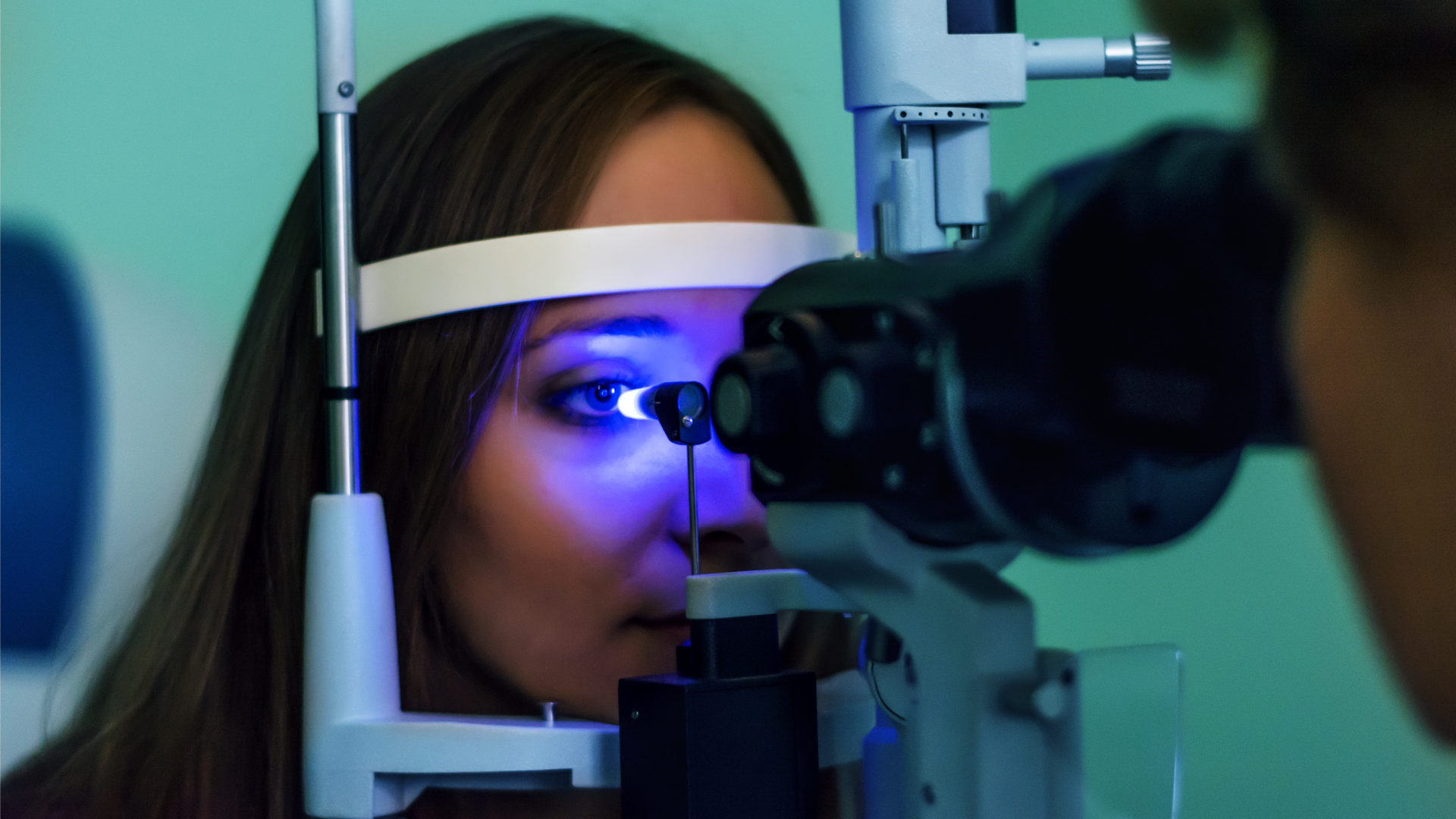
Article
New Study Reveals Health Disparities in Glaucoma Care
Learn about racial disparities in glaucoma care, highlighting the urgent need for equitable healthcare practices.

Article
FDA Approves First-of-its-Kind Glaucoma Treatment
Read about FDA-approved iDose® TR for glaucoma treatment, an eye implant offering up to three years of continuous medication, potentially eliminating daily eye drop routines.
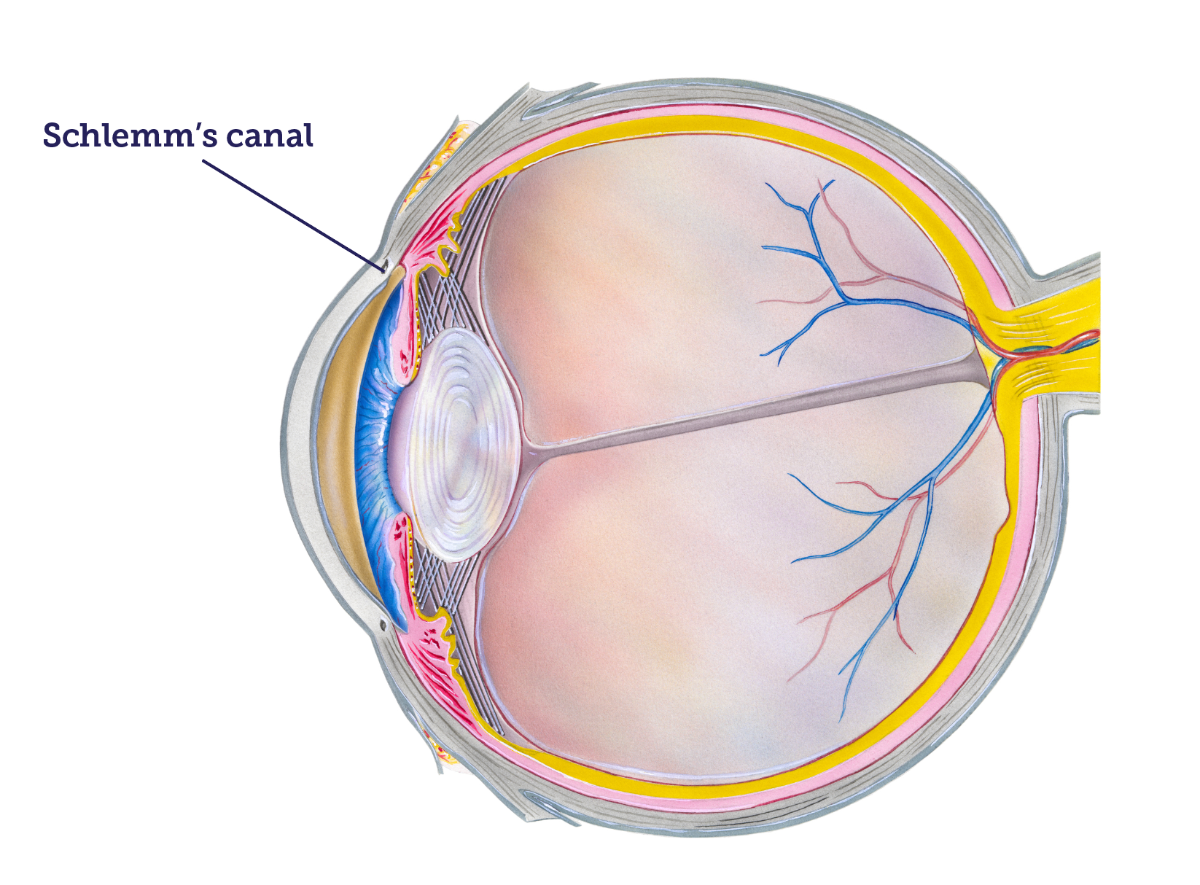
Article
Breakthrough Discovery Reveals New Pathway to Lowering Eye Pressure
Discover research that uncovers a new pathway for lowering eye pressure in glaucoma. Learn about the Schlemm's canal’s pivotal role in eye health.



